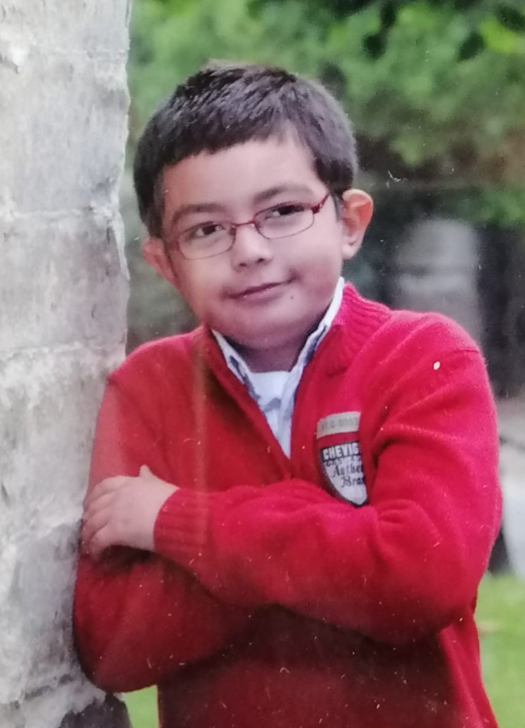Detoxification
Seizures can be a frightening symptom of an immature brain
It is commonly thought that seizures are a disease. Instead, seizures are a life-protecting mechanism that occurs when oxygen, glucose or trace minerals are not being supplied to the brain in sufficient quantity to adequately support brain function. Sometimes even a seizure does not solve a drastic physiological challenge and the patient dies. Often it is the seizure that will be blamed rather than the underlying physiological problem that caused the seizure to occur.
Anyone can have a seizure if oxygen delivery is decreased to a significant degree. Young children are much more likely to have a seizure than a mature adult because the central nervous system has not yet matured.
An injured brain is an immature brain and seizures are more likely. Like vomiting (also a life-protecting mechanism), seizures are often unexpected and frightening. But since seizures are a life-protecting mechanism it is unwise to try to suppress this mechanism unless there is a life-threatening event. Instead, we must discover why the brain is calling for this drastic solution and supply the oxygen or glucose needed. If we do so, the need for the seizure will be met. The ultimate solution is brain maturation. Every action taken to help the brain to mature will lessen the likelihood of a seizure.
Brain maturation depends upon stimulation and opportunity when these are provided with the appropriate frequency, intensity and duration the brain will respond, and seizures will decrease or stop.
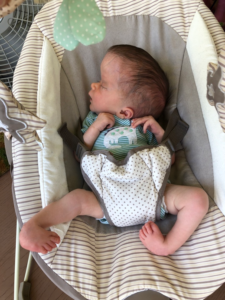
Clay
Clay was diagnosed with Spina Bifida in utero. At birth, he spent ten days in neonatal intensive care with supplemental oxygen. Genetic testing revealed an abnormal deletion, Phelan McDermid syndrome. At one month Clay underwent surgery for hydrocephaly. At three months an EEG revealed seizures, and he was started on anti-convulsant medication. At one year, Clay had limited vision, hearing, and mobility. His parents learned of the What to Do About Your Brain-Injured course and attended it. At age 13 months, Clay’s initial evaluation showed he was functionally blind and immobile. He had only reflexive movement in his hands. He had been on anti-convulsant medication since infancy, and his parents were concerned about his lack of awareness and overall sleepiness.
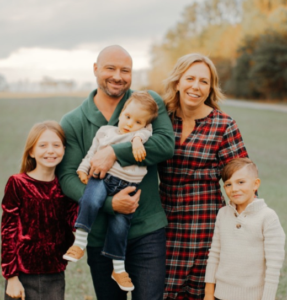
Today at age 3, after a home treatment program that included a nutritional program and a careful withdrawal of medications, Clay is seeing, beginning to read, understanding at his age level, using his hands, and even talking! He is off all medication and seizure-free. His favorite subject right now is astronomy.
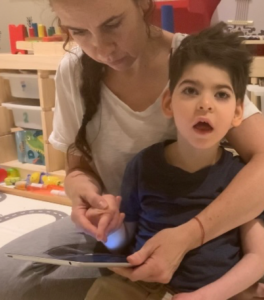
Renzo
Following a difficult labor and delivery, he had his first seizure within 24 hours and was put on anti-convulsant medication. Renzo’s development was severely delayed throughout infancy, and he was diagnosed with cerebral palsy, epilepsy, hemiplegia, and microcephaly. At three years of age, Renzo had limited vision and understanding, he was immobile and had no speech. He slept and ate poorly. Parents felt the medication he had been on for more than three years had a negative effect on his health, digestion, mobility, and vision. After attending the What to Do About Your Brain-Injured Child course and a first appointment, Renzo began to progress. Renzo embarked on an intensive neurological treatment program at home, including oxygen enrichment and a careful nutrition program, and the anti-convulsant medication was gradually eliminated successfully by five years of age.

Today, at six years of age, anti-convulsant medication has been successfully eliminated, Renzo is seizure free and well above average intellectually. Renzo and his parents share the same books, with Renzo especially interested in science and astrophysics. He is currently studying Algebra II. He speaks in phrases and expresses himself fully with Facilitated Communication. At the same time, and Renzo is seizure-free.
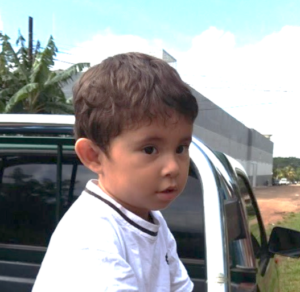
Diego
Diego was born prematurely by emergency c-section. He was a poor feeder and at one month weighed only 3 lbs. He had his first seizure at 18 months and was diagnosed with epilepsy. He was put on anti-convulsant medication. Due to his lack of speech development and poor behavior, Diego was also diagnosed with autism. Diego’s mother attended the What to Do About Your Brain-Injured Child course when Diego was seven years old. His understanding was well below his age level, and he had only 10 words of speech. Diego had been on anti-convulsant medication for five years, and Mother felt the medications were causing Diego to be aggressive and have poor appetite He was still having “absence seizures”and not progressing with his peers. By nine years of age, on a good home treatment program including oxygen enrichment and nutrition, Diego successfully weaned from anti-convulsant medication.
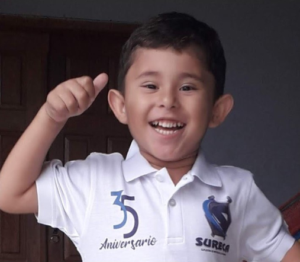
Today, at 10 years of age, Diego is understanding at his age level and can express his ideas and thoughts in speech. He is seizure free and successfully off anti-convulsant medication. He is now succeeding in both piano lessons and Taekwondo and recently proposed a trip to Italy for his mother and grandmother to enjoy along with him.
Each of these children has significant neurological problems. When parents have a child who has seizures, they are often told that the child must be on medications for life. Each of these children have been carefully and successfully taken off medications with medical supervision. They are no longer experiencing the side effects that are associated with anticonvulsant medication. The quality of their lives has changed immeasurably for the better.
These results were brought about by the efforts of each family. Mother and Father, brothers and sisters and the child – all working together to give each child a fighting chance for a much better life.
Click Here to Learn More About Results with 3,551 Children on The Institutes Program
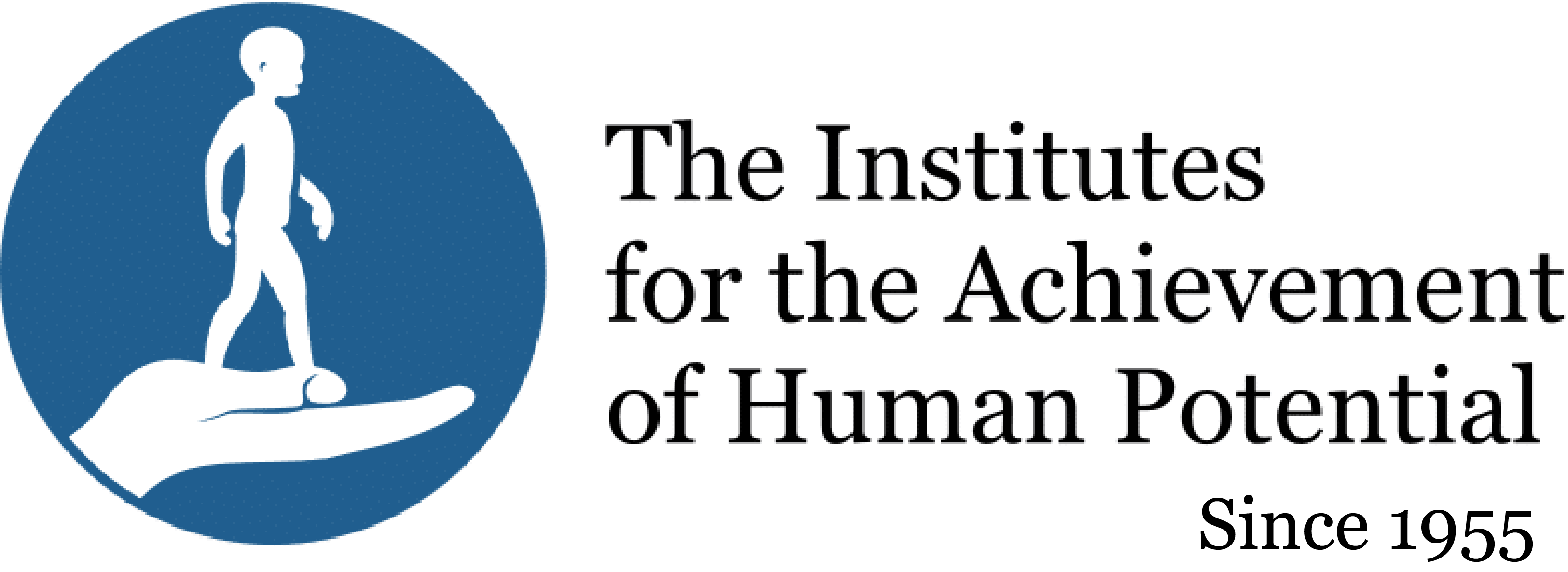
 Donate
Donate



